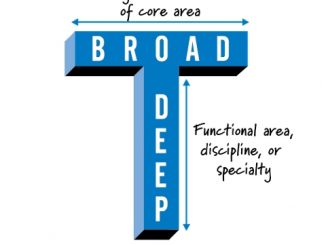Articles, Blog Posts, Books and Quotes on Agile Project Management
User interface (UI) design is often a neglected aspect of Agile software development and there are not a lot of article talking about the integration of UI experts in Scrum team. In this article, Desirée Sy provides the real life lessons on how user-centered design (UCD) practices were adapted to an Agile development process.
What do you do when as a new ScrumMaster you meet resistance, opposition and modified Scrum practices when you start your first Agile project? In this article, Natalie Warnert provides ten survival tips for the new ScrumMaster.
Most of you should be familiar with Test-Driven Development (TDD), an Agile approach where you write a unit test before actually writing the code that should be verified. In this blog post, Jeffrey Davidson use the same concept and proposes a Test-Driven Retrospectives approach to ensure that this Scrum activity provides real improvements.
How can you share information about a Scrum project between the team members or assess its status? This article by Kulawat Wongsaroj proposes eight visualizations techniques to share information on a Scrum project. All these techniques try to summarize the large and complex set of data of a Agile project in different dimensions. They exist to help the ScrumMaster, the other team members and the other various stakeholders like managers to get a better understanding of the project.
When organizations start to adopt Scrum as their Agile project management framework, they have a tendency to put the customer in the role of the product owner. In this article, Patrick McConnell explains why this is a bad idea and that your client is not your product owner.
In this article, Henrik Kniberg and Anders Ivarsson present the story of scaling Agile at Spotify with over 30 teams across 3 cities. They describe the current organization at Spotify. The Squads are similar to Scrum teams. They are self-organizing teams and some use Scrum but other use Kanban or mixed approaches.
Self-organizing Scrum and agile teams need to determine how best to manage the flow of their work to get the job done each iteration. Flexible and high-performing agile development teams are composed of members with T-shaped skills and a Musketeer attitude that enable them to swarm to success.




